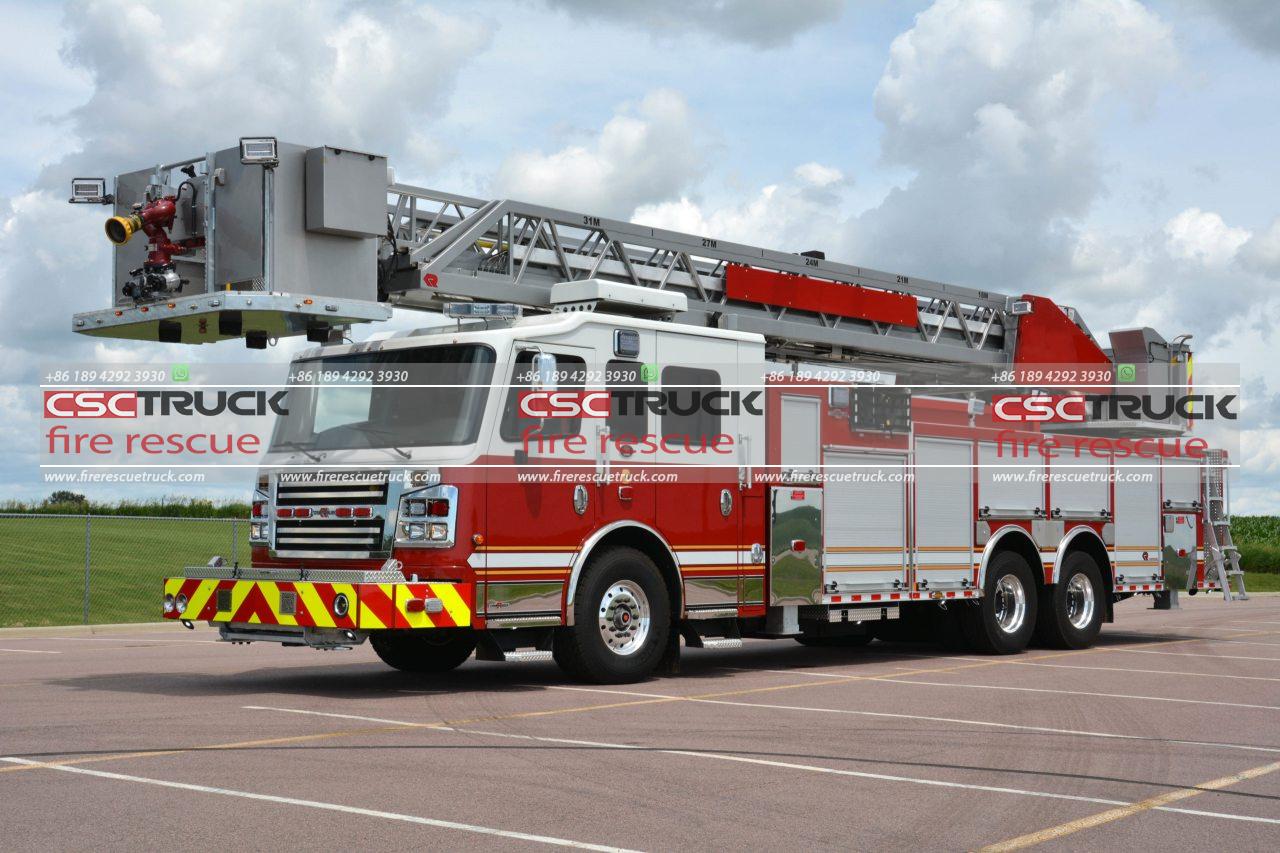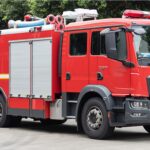When it comes to emergencies, such as fires, time is of the essence. The ability to quickly deploy water and suppress flames can mean the difference between a small incident and a devastating catastrophe. One essential tool in a firefighter’s arsenal is the pumper fire truck. These impressive vehicles are specifically designed to provide rapid water deployment and efficient fire suppression capabilities. In this article, we will delve into the inner workings of a pumper fire truck and explore how it functions to combat fires effectively.
A pumper fire truck, also known as a fire engine, is a specialized vehicle used primarily by fire departments to transport firefighters, equipment, and water to the scene of a fire. The term “pumper” refers to the truck’s ability to pump water from a water source, such as a hydrant or a water tanker, and deliver it at high pressure to extinguish flames. Let’s take a closer look at the key features and components that enable a pumper fire truck to fulfill its crucial role.
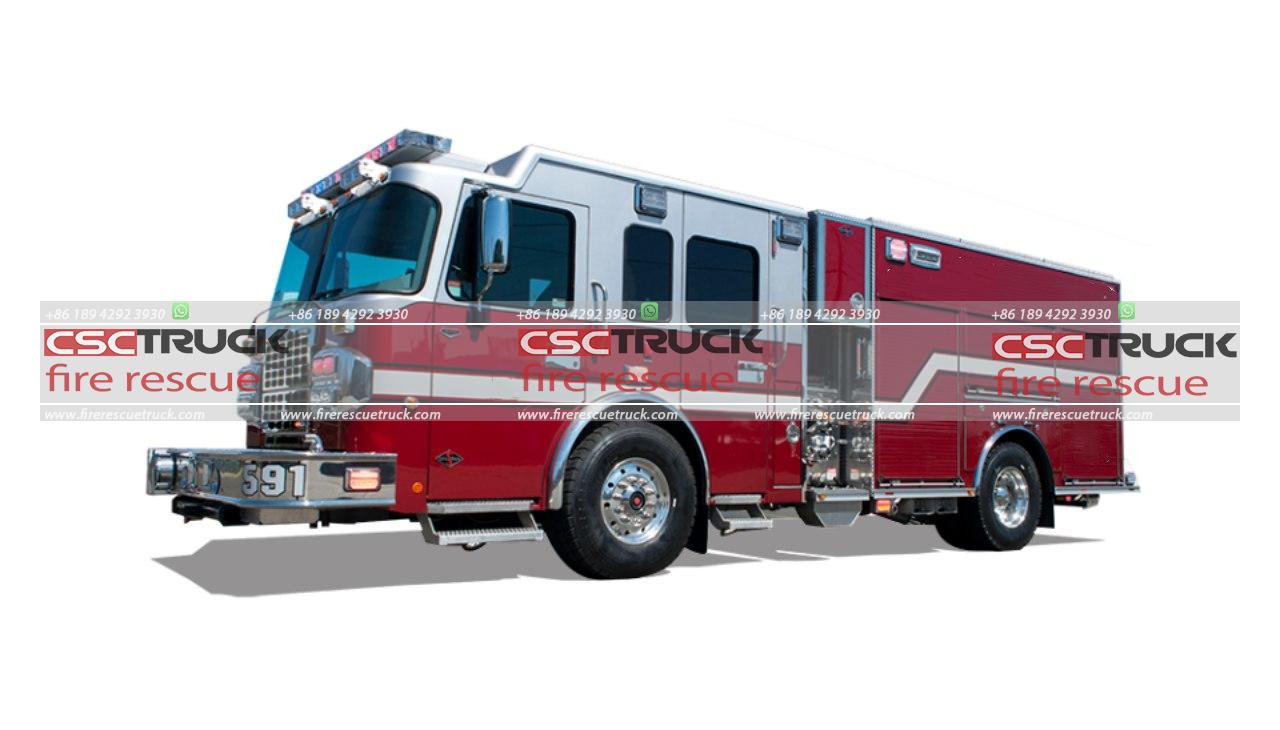
1. Water Pumping System:
At the heart of every pumper fire truck lies its water pumping system. This system typically consists of a large capacity pump, driven by a powerful engine, which is responsible for drawing water from an external source and supplying it to the firefighting crew. The pump is capable of generating significant pressure to propel water through hoses and nozzles, allowing firefighters to direct a powerful stream of water onto the fire. Pumper fire trucks can have different pumping capacities, ranging from hundreds to thousands of gallons per minute, depending on the specific model and requirements of the fire department.
2. Water Supply:
To ensure a steady and reliable water source, pumper fire trucks are equipped with a variety of water supply options. They can connect directly to fire hydrants, which are ubiquitous in urban areas and provide a constant supply of pressurized water. Firefighters use large-diameter hoses to establish a connection between the hydrant and the pumper fire truck. In areas where hydrants are scarce or insufficient, pumper fire trucks can also draw water from alternative sources, such as lakes, ponds, or dedicated water tankers. These tankers carry a substantial amount of water and can be refilled at designated water-filling stations.
3. Hose Deployment and Nozzles:
Efficient hose deployment is crucial for rapid water deployment and effective fire suppression. Pumper fire trucks are equipped with a variety of hoses stored in compartments on the vehicle. These hoses can range in length and diameter to accommodate different firefighting scenarios. When arriving at the scene, firefighters quickly assess the situation and select the appropriate hose for the task at hand. The hoses are connected to the pump and controlled by the firefighting crew. Nozzles, attached to the end of the hoses, allow firefighters to adjust the water flow pattern, such as a straight stream, fog, or a combination of both, depending on the fire conditions and the desired effect.
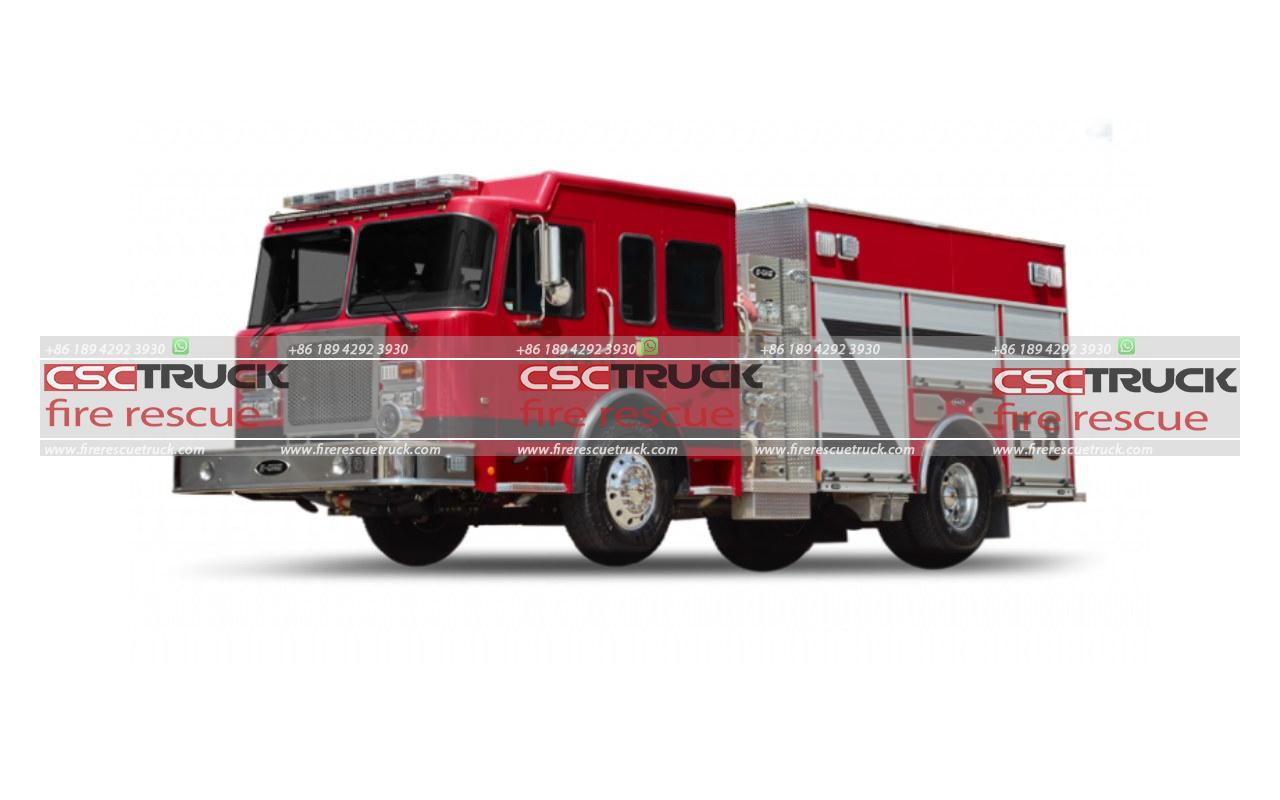
4. Equipment and Tools:
In addition to its primary function of water deployment and fire suppression, a pumper fire truck carries an array of essential firefighting equipment and tools. These include ladders, axes, forcible entry tools, ventilation fans, breathing apparatus, and various extinguishers. By having these tools readily available, firefighters can perform crucial tasks beyond water deployments, such as forcible entry into buildings, search and rescue operations, and ventilation to reduce smoke and heat buildup.
5. Communication and Safety Systems:
Safety is a top priority in firefighting operations, and pumper fire trucks are equipped with advanced communication and safety systems to protect both the firefighters and the public. These systems often include 2-way radios for seamless communication between crew members and incident commanders, as well as GPS navigation systems to ensure efficient route planning and quick response times. Additionally, pumper fire trucks may be equipped with specialized lighting and warning systems, such as strobe lights and sirens, to alert other motorists and pedestrians and ensure safe passage through traffic.
6. Crew and Training:
Behind every pumper fire truck is a team of highly trained and skilled firefighters. These professionals undergo extensive training to understand the intricacies of fire behavior, firefighting techniques, and the operation of pumper fire trucks. They learn how to effectively deploy hoses, operate the water pumping system, and coordinate their efforts to suppress fires efficiently. Regular drills and exercises are conducted to ensure that the crew remains proficient in their skills and can respond swiftly and decisively in emergencies.
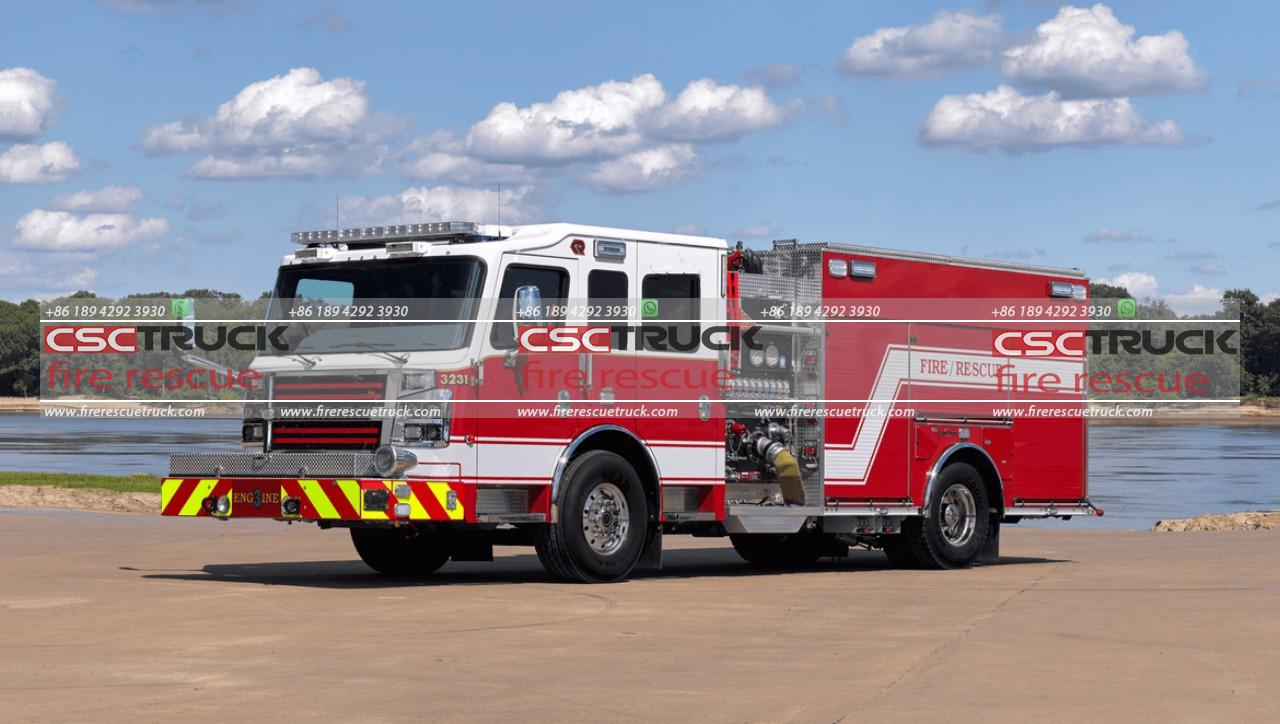
7. Versatility and Additional Functions:
While the primary function of a pumper fire truck is fire suppression, these vehicles are often equipped to handle other emergencies as well. They may have additional compartments for storing medical equipment and supplies to provide basic emergency medical services at the scene of an incident. Some pumper fire trucks are also equipped with foam tanks or powder extinguishers to handle specific types of fires, such as flammable liquids or electrical fires. This versatility allows firefighters to adapt to different scenarios and provide comprehensive assistance during emergencies.
8. Continuous Technological Advancements:
As technology advances, pumper fire trucks continue to evolve to meet the changing needs of firefighting operations. Manufacturers are constantly integrating new features and technologies to enhance the performance and safety of these vehicles. For example, some modern pumper fire trucks may be equipped with advanced digital control panels that provide real-time information on water pressure, pump status, and other vital parameters. This technology enables firefighters to monitor and adjust the water flow more efficiently, optimizing their firefighting efforts.
9. Collaborative Efforts:
Pumper fire trucks do not operate in isolation. Firefighting operations require a coordinated effort involving multiple vehicles and personnel. When a fire occurs, pumper fire trucks work alongside other specialized vehicles, such as aerial ladder trucks and rescue vehicles, to combat the flames effectively. These vehicles form a synchronized team, with each playing a specific role in the overall firefighting strategy. The collaboration between different units ensures that resources are optimally utilized and that firefighters can respond to various challenges posed by the incident.
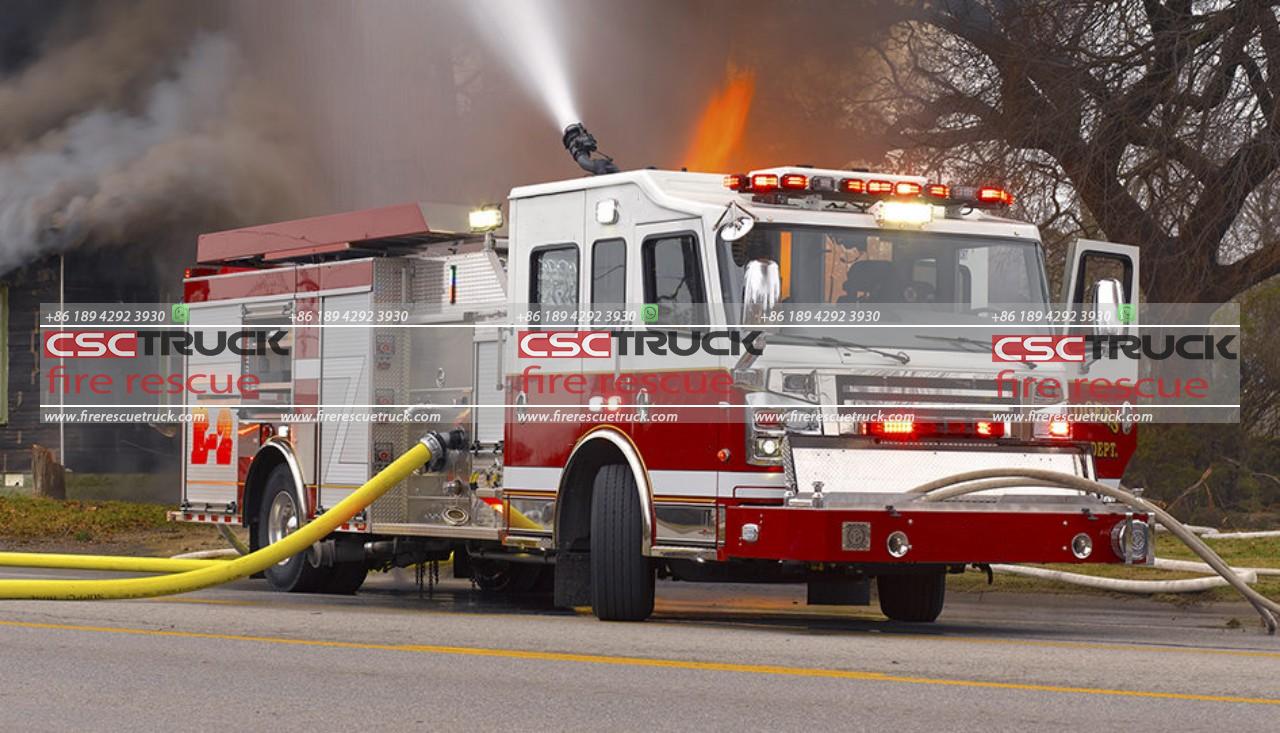
10. Maintenance and Preparedness:
To ensure the reliability and readiness of pumper fire trucks, regular maintenance and inspections are essential. Fire departments have dedicated personnel responsible for inspecting and servicing these vehicles to identify any mechanical issues, leaks, or equipment malfunctions. Regular maintenance helps prevent breakdowns during critical operations and ensures that the pumper fire trucks are in optimal working condition at all times. Fire departments also conduct regular drills and training exercises to keep the crews prepared and familiar with the operation of the vehicles.
In conclusion, pumper fire trucks are indispensable assets in the firefighting world, providing rapid water deployment and fire suppression capabilities. These vehicles are equipped with powerful pumping systems, versatile water supply options, and an array of hoses and nozzles for precise water control. They carry essential equipment and tools, incorporate advanced communication and safety systems, and are operated by well-trained crews. Pumper fire trucks continue to evolve with advancements in technology, allowing for more efficient firefighting operations. By maintaining and improving these vehicles, fire departments ensure their preparedness and ability to respond effectively to fires and other emergencies. The dedication and commitment of firefighters, coupled with the capabilities of pumper fire trucks, serve as a beacon of hope and protection for communities in times of crisis.




